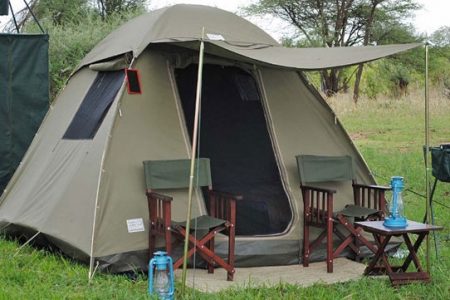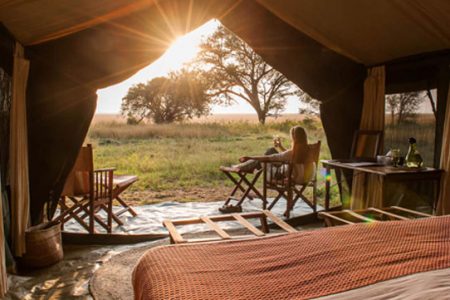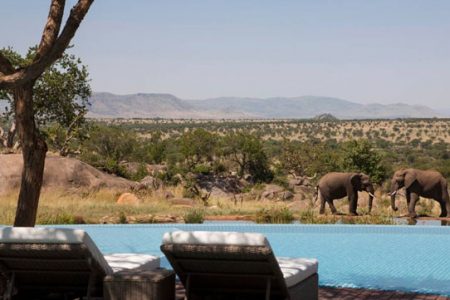Tanzania unforgetable Safaris
Hakuna Matata
Safari Packages
Let us be your travel companion in Tanzania and you surely wont be disappointed!
You’ve been dreaming about Your dream safari of Africa, the Northern safari circuit offers a range of national parks such as Tarangire National Park, Lake Manyara National Park, Ngorongoro Conservation Area and the famous Ngorongoro Crater, the Serengeti National Park and let us not forget the compact but enchanting Arusha National Park. It’s an ideal destination for a first time Africa traveller as well as a repeat destination. Both driving and fly in safaris are possible and there is wide variety of combinations with trekking and walking instead of only sitting in the safari vehicle for many days in a row. Apart from wildlife in the national parks the Northern Circuit also offers plenty of cultural activities. Meet with the Maasai tribes and the Hadzabe Bushmen or learn how to cook some of the swahili cuisine.
With our safaris you would be able to feel the essence of Tanzania and Africa in their different facets. You won’t feel like you’ve missed something!
Standard Packages
Plan your Standard Safari
Classic tariff it is an ideal combination of price and quality. We have selected comfortable lodges right in savannah center, which will make your impressions unforgettable. In each of lodges you will be offered a cozy room equipped with all the necessary things including Wi-Fi. A large variety of food for meat lovers and vegetarians will not leave you indifferent!
Premium Packages
Plan your Premium Safari in Tanzania
Premium package are higher category hotels located in the most interesting spots of the parks, be it the edge of the Ngorongoro Crater, hills in the Serengeti and other National parks. In each of lodges you will be offered a Nice room equipped with all the necessary things including private pools.
Our Safari Packages
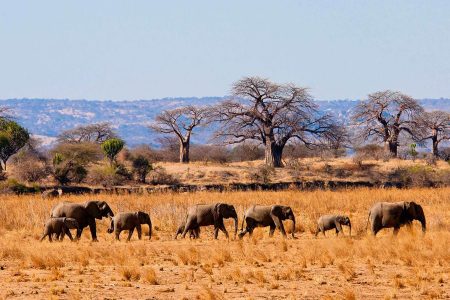
Tembo Safari Package: 8 days 7 night
If you hear “safari” and think “wildlife,” this trip was made for you. Designed to maximize wildlife-viewing opportunities, this safari package will bring you up close and personal with creatures
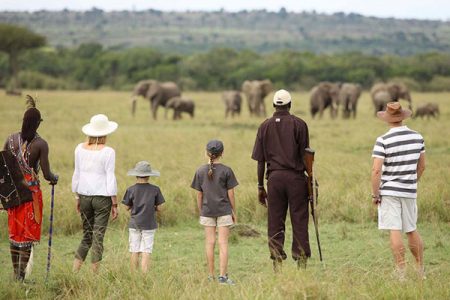
Family Safari package: 7 days 6 night
Family Safari tour is designed for a full-day game drives, one day of which you will spend in the Manyara National park, then in the Ngorongoro and Serengeti National Park
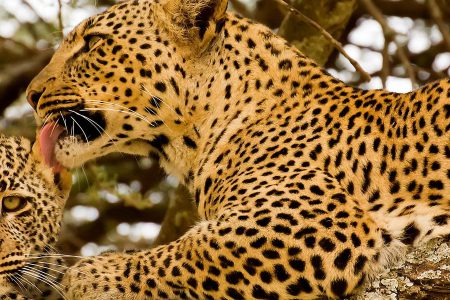
Chui Safari Package: 6 days 5 nights
With an itinerary that pleases all ages, our chui Safari package was made for kids, parents and grandparents alike. Kids will appreciate game drives, meal times, visiting Hadzabe and Datoga

Family Safari: 7 days 6 night
Family Safari tour is designed for a full-day game drives, one day of which you will spend in the Manyara National park, then in the Ngorongoro and Serengeti National Park

Chui Safari: 6 days 5 nights
With an itinerary that pleases all ages, our chui Safari package was made for kids, parents and grandparents alike. Kids will appreciate game drives, meal times, visiting Hadzabe and Datoga
Plan your Safari !
Perhaps you have always wanted to travel and explore Tanzania’s beautiful nature or dreamed of climbing the highest peak in Africa or relaxing in coast of Tanzania Island Zanzibar and learn the Swahili culture.
So we’re giving you the chance to make informed decisions about the ones you want, and finally take control of your safari destiny. The truth is that Africa’s wonders are accessible to people of all budgets and desires. It’s just that the tools have not been available for people to do it themselves. Now, you have the power to make those dreams a reality on your own terms.
We can make any existing itinerary private for you or you can tell us how you would like your safari to be.
Choose your accommodations, give us your preferred dates and tell us where you want to spend your time or with with your beloved ones
The great Serengeti migration
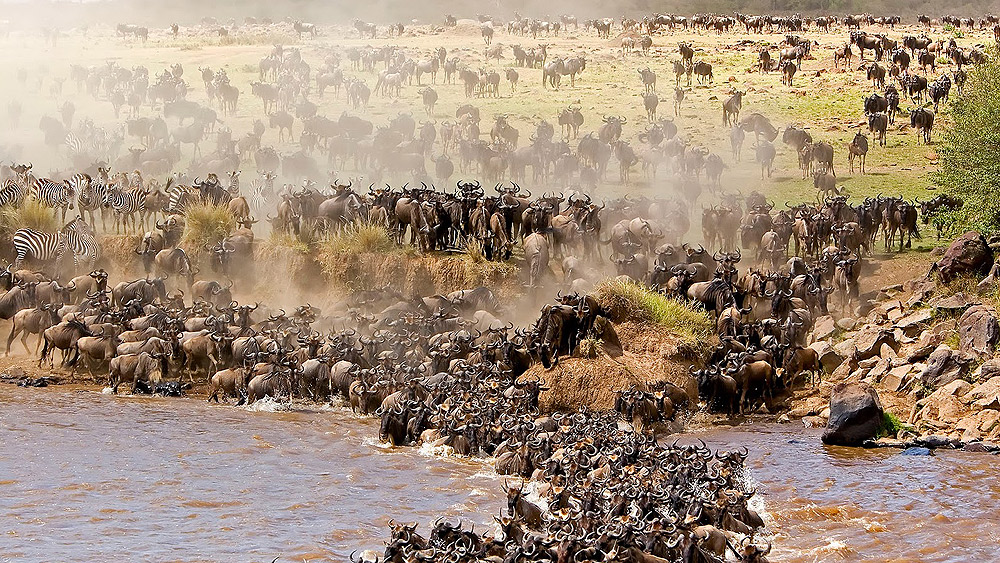
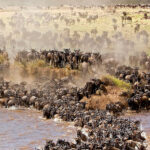
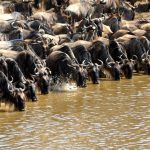
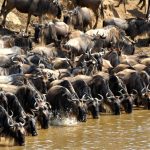
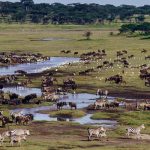
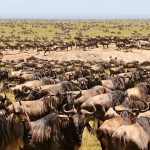
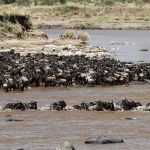
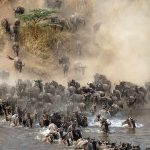
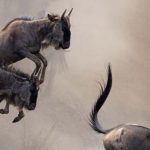
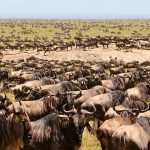
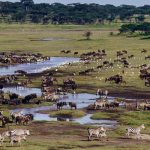
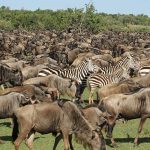
The great migration of the Serengeti is considered one of ‘the ten wonders of the natural world’, and one of the best events in Tanzania to witness. a truly awe-inspiring spectacle of life in an expansive ecosystem ruled by rainfall and the urge for survival amongst the herbivores of the Serengeti plains.
Accompanied by 200,000 zebra, 350,000 gazelles and 12,000 eland this strange wonder of the natural world circulates the serengeti national park in tanzania and the masai mara game reserve in kenya, its path dictated by rainfall and the resulting growth of grasses on the plains. there is neither a start nor finish to their journey; merely a relentless sequence of life and death. the only beginning is the moment of birth and the only ending is death – which can come only too easily in the migration.
Our Tanzania safari Destinations
Serengeti National Park
The Serengeti National Park in Tanzania was established in 1952. It is home to the greatest wildlife spectacle on earth – the great migration of wildebeest and zebra. The resident population of lion, cheetah, elephant, giraffe, and birds is also impressive. There’s a wide variety of accommodation available, from luxury lodges to mobile camps. The park covers 5,700 sq miles, (14,763 sq km).
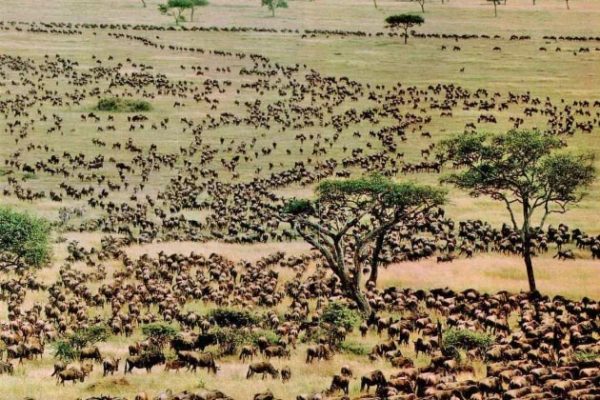
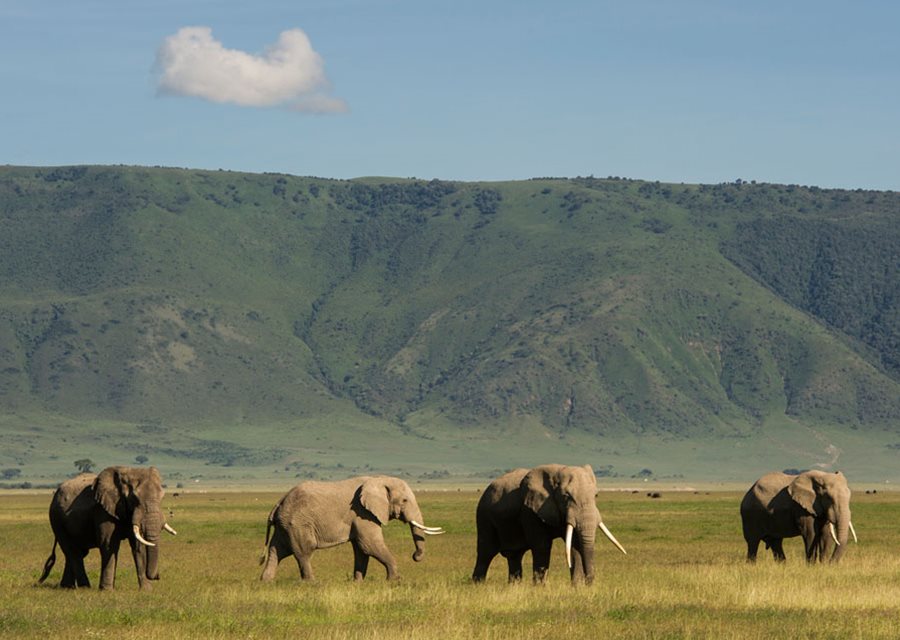
Ngorongoro conservation Area
The Ngorongoro Crater is one of Africa’s most famous sites and is said to have the highest density of wildlife in Africa. Sometimes described as an ‘eighth wonder of the world’, the Crater has achieved world renown, attracting an ever-increasing number of visitors each year. You are unlikely to escape other vehicles here, but you are guaranteed great wildlife viewing in a genuinely mind-blowing environment. There is nowhere else in Africa quite like Ngorongoro!
Lake Manyara National Park
Located on the way to Ngorongoro Crater and the Serengeti, Lake Manyara National Park is worth a stop in its own right. Its ground water forests, bush plains, baobab strewn cliffs, and algae-streaked hot springs offer incredible ecological variety in a small area, rich in wildlife and incredible numbers of birds.
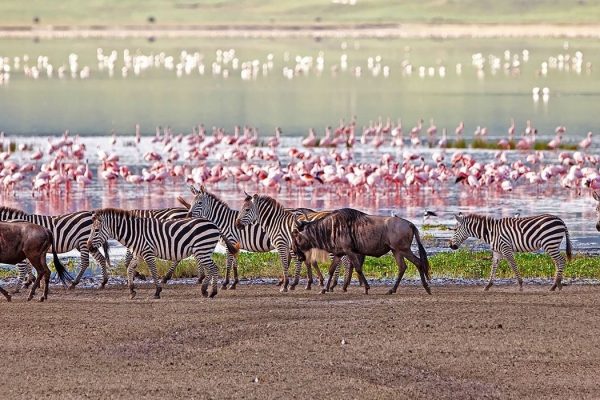
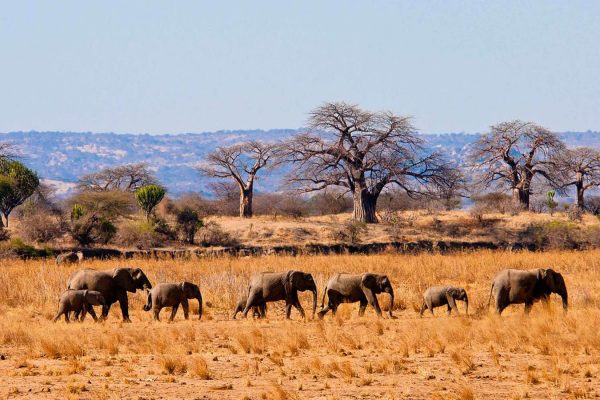
Tarangire National Park
You’ve been dreaming about Your dream safari of Africa, the Northern safari circuit offers a range of national parks such as Tarangire National Park, Lake Manyara National Park, Ngorongoro Conservation Area and the famous Ngorongoro Crater, the Serengeti National Park
Arusha National Park
Arusha National Park (ANAPA) is a gem of varied ecosystems and spectacular views of Mt. Meru, the crater that gives the region its name.
Size
552 sq km (212 sq miles).
Location:
Northern Tanzania, northeast of Arusha town.
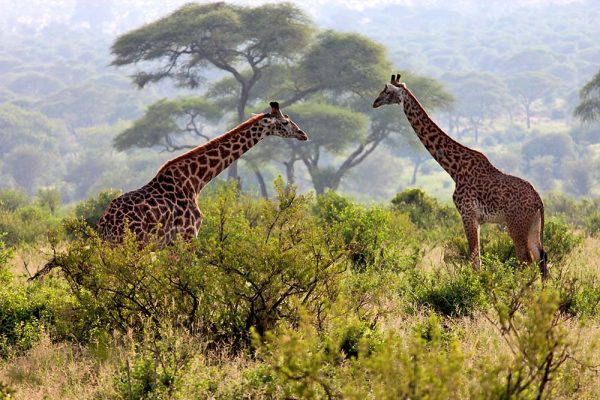
Safari Frequently Asked Questions
Health & Safety
Tanzania is one of Africa’s most stable countries. Some even refer to it as “the Switzerland of Africa!” You’ll be welcomed by its friendly people and always taken care of by attentive staff. After full days of wildlife viewing, rest up at handpicked camps and lodges, which offer authentic African charm and modern-day conveniences.
There is free bottled water at all lodges and camps and during all wildlife-viewing drives. You can also purchase bottled water at all lodges.
For medical advice, it’s always best to consult your doctor. Most travelers get antimalarial pills. Keep in mind that you’ll be staying in camps and lodges designed to accommodate American and European guests
Wildlife
Northern Tanzania! Ngorongoro Crater, a World Heritage Site, has one of the greatest concentrations of wildlife in the world. The vast plains of Serengeti National Park also host a myriad of wildlife and the legendary Great Migration
All kinds! You will see the animals you’ve always dreamed of encountering on safari—zebra, elephant, hippo, giraffe, lion, warthog, wildebeest, rhino and so much more. When is the best time of year to go on safari in Tanzania?
Tanzania has the best year-round wildlife viewing, and we adjust our itineraries, departure dates, and accommodations based on wildlife migration patterns. In Tanzania, any time is a wonderful time to safari. Of course, there are seasonal variations, but you’ll always see a lot of animals.
The Great Migration is a year-round phenomenon where millions of mammals, mainly wildebeest, gazelle, and zebra, move around the Serengeti in a clockwise pattern in search of food and water. The driving force of the migration is rain, making it difficult to predict.
Hakuna matata! No worries! Plenty of awe-inspiring moments present themselves whenever you travel in Tanzania. Even if you don’t happen to see the Great Migration, you’ll still see an abundance of wildlife.
Food & Climate
At the lodges and hotels, chefs prepare fresh soups, breads, entrees and desserts daily, and we get incredible reviews! In most lodges, meals are served buffet-style. The food is often prepared with Western palates in mind (some local dishes are included).
With advanced notice, vegetarian, vegan, gluten-free and diabetic-friendly meals can easily be arranged. Make sure to inform us when booking your tri
Tanzania’s climate is typically sunny, dry and warm, though there are variations
December through March is warmer (70ºF–80ºF) with a higher chance of occasional rain.
May through November is cooler and drier (60ºF–80ºF).
April, usually its rain

